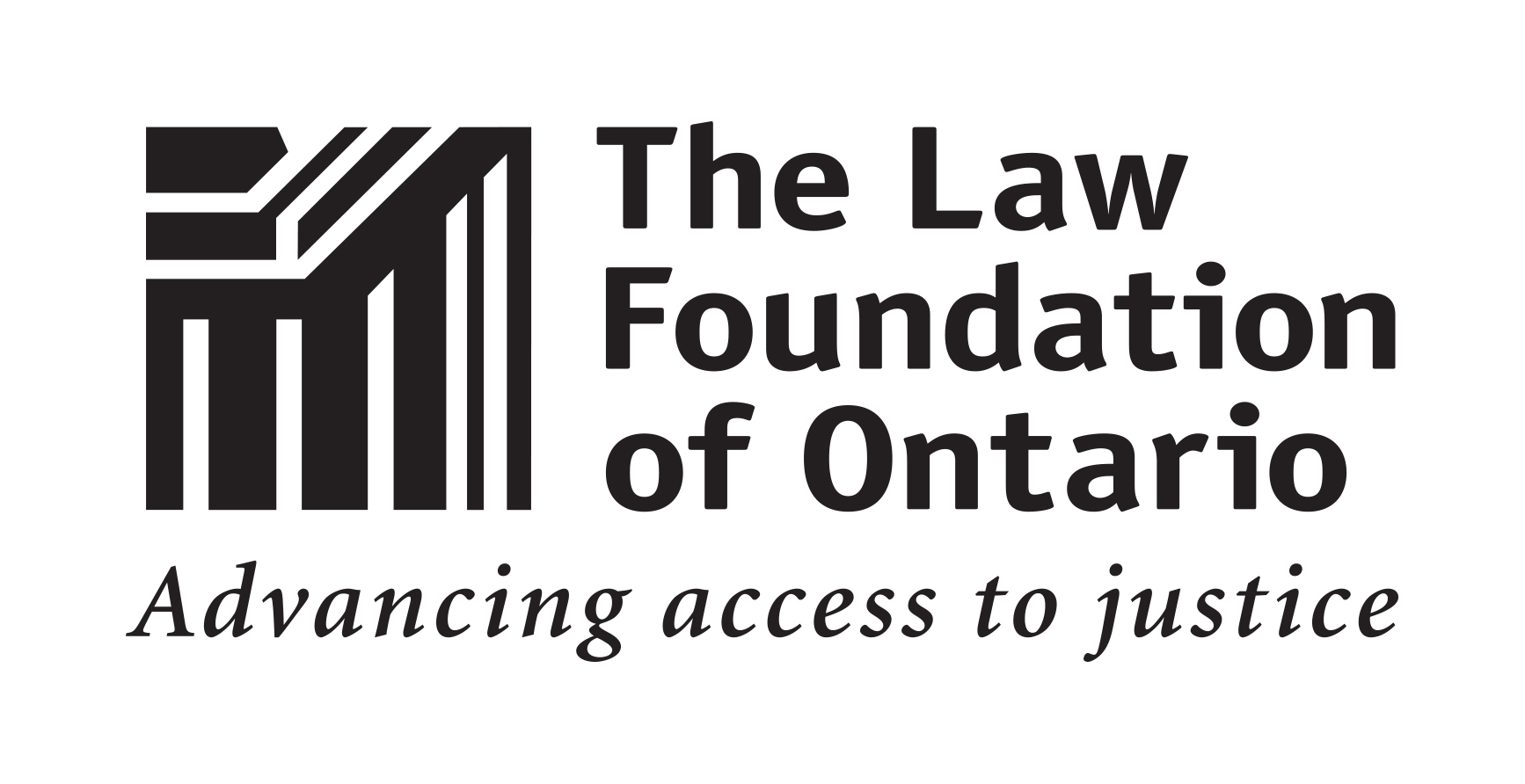As of September 2019, a pilot project allows some people to sponsor family members who were not originally declared to immigration authorities (and who are therefore Excluded Family Members).
See Pilot for Excluded Family Members: Practical Information
Certain family members (children, spouses, common law partners) are "excluded family members" under Canadian immigration law and cannot be sponsored. This resource provides practical information about this issue and what affected families can do.
Excluded family members: Regulation 117(9)(d)
Immigration and Refugee Protection Regulation 117(9)(d) states that a person is not a family member if they were not examined by a visa officer when the person sponsoring them immigrated to Canada. Since they are not considered a “family member”, they cannot be sponsored under the Family Class.
The following are some of the scenarios that can lead to excluded family members:
- A refugee family has a new baby after their interview with the visa officer and before departure for Canada. Someone gives them bad advice and encourages them to go to Canada as planned and sponsor the baby after arrival. The baby is an excluded family member.
- A man marries his fiancée just days before immigrating to Canada. He does not realize he needed to declare his new wife and have her examined. His wife is an excluded family member.
- A man learns after he becomes a permanent resident in Canada that a woman had borne him a child. The child is an excluded family member.
- A woman who immigrates to Canada is pressured by a family member not to mention a child she has had out of wedlock. Her child is an excluded family member.
- A man immigrates to Canada because he knows that Canada provides for family reunification for same-sex couples. When he applies to immigrate to Canada, the couple have not cohabited for a year so the partner cannot be included as a dependant. By the time the application is finalized and the man arrives in Canada, the couple have cohabited for a year. However, the man does not realize that he had to declare this. His partner is an excluded family member.
Exception where visa officer approved non-examination
There is an exception to the excluded family rule (at s. 117(1)(10)), if the visa officer had determined at the time of the sponsor’s own application for permanent residence that the family member did not need to be examined. This exception could apply in particular to refugees who reported a family member but they couldn’t be examined, for example, because their whereabouts were unknown. The exception cannot apply if the visa officer did not know about the family member.
One Year Window applications
In the case of refugees (Protected Persons) who might normally apply under the One Year Window of opportunity (OYW) provision, Regulation 141 excludes family members who were not declared. The Regulation is limited to family members “included in the applicant’s permanent resident visa application at the time that application was made”, or “added to that application before the applicant’s departure for Canada”.
Humanitarian and compassionate (H&C) considerations
Immigration, Refugees and Citizenship Canada (IRCC) accepts that cases may arise where the excluded family member rule should not be applied. Their solution for these cases is to use humanitarian and compassionate considerations (H&C) under section 25 of the Immigration and Refugee Protection Act.
According to IRCC, use of H&C to overcome the excluded family member rule may be appropriate when the person presents compelling reasons for not having disclosed the existence of a family member. IRCC offers the following examples:
- a refugee presents evidence that they believed their family members were dead or that their whereabouts were unknown; or
- a client presents evidence that the existence of a child was not disclosed because it would cause extreme hardship because the child was born out of wedlock in a culture that does not condone this.

This resource is part of our Improving Access to Justice series funded by the Law Foundation of Ontario
